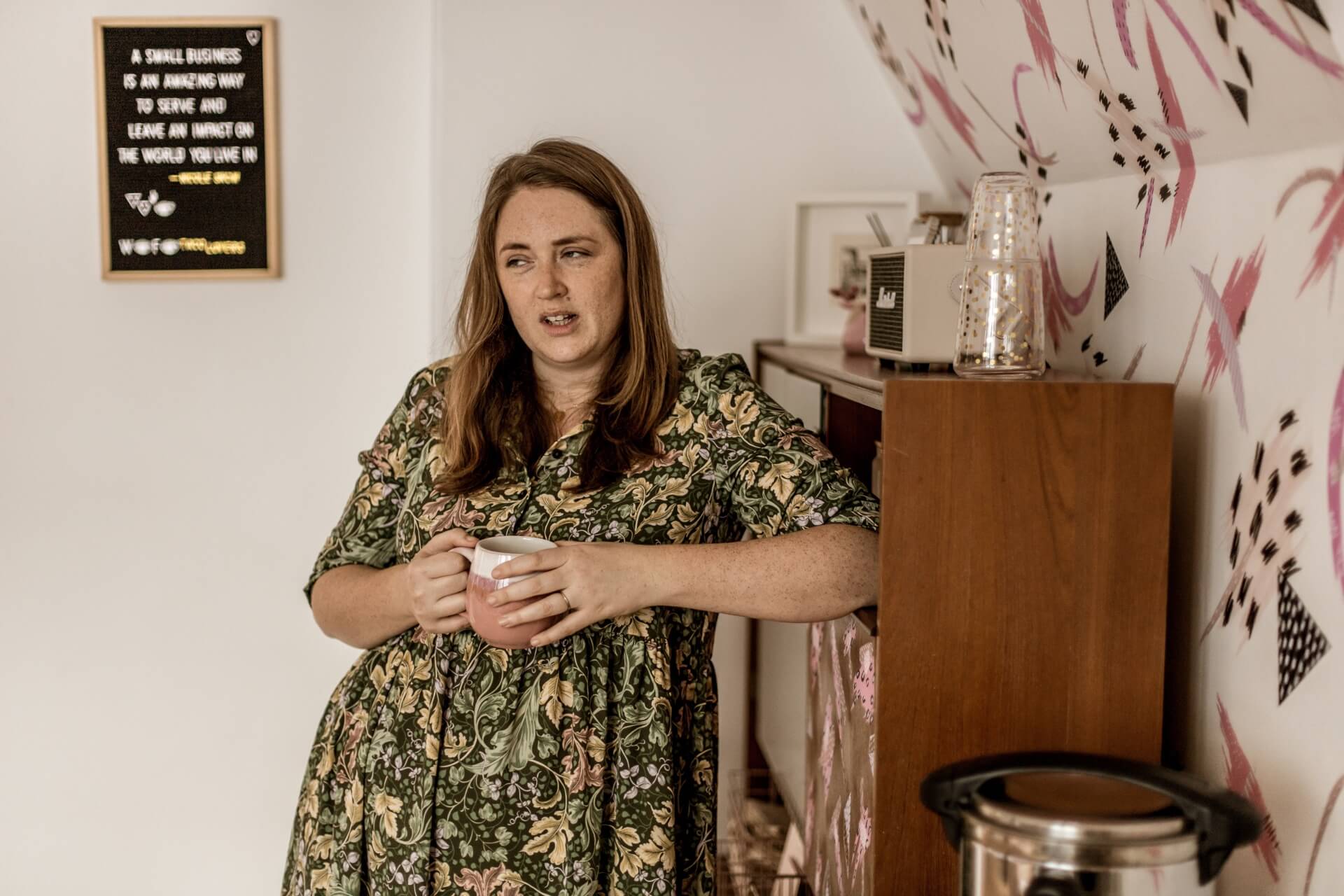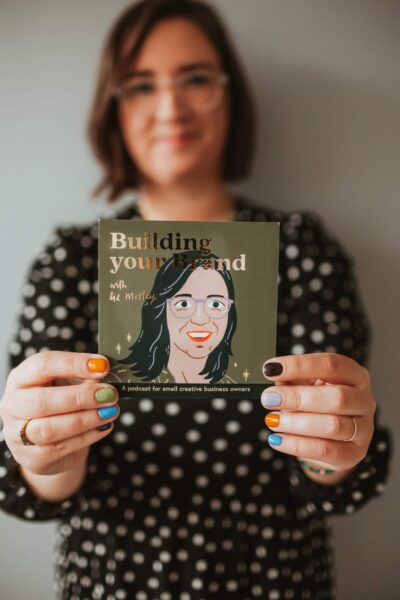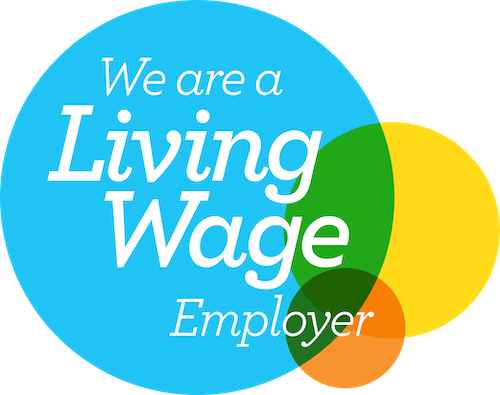Ahhhh the always-forgettable website contact page. It’s every professional and DIY designer’s reluctant and apathetic last stop on the website-making to-do train. I mean, we all know a website *needs* a contact page, so let’s just boff that default form widget in, and maybe chuck in the hello@ email address that we’re like, 90% sure we’ve set up right in Google Workspace.
BABES NO!
Website contact pages are hella important, and – hear me out – I reckon they can be pretty darn fun too. And that’s coming from someone who spends half her working hours designing and building small business websites.
A well-executed website contact page generates the enquiries you need from customers and clients to help them give you delightful, juicy money in exchange for your great goods and scrumptious services.
And a kinda-crappy website contact page can not only reduce your dolla dolla income, but it can cause you all sorts of additional admin, sucking up time that would be better spent having naps and drinking lattes. Or hustling like a muthafluffa – I mean, you do you, babes.
So it’s about time that I stop calling you babes (sorry babes) and chat about 4 unmissable signs that your website’s contact page isn’t quite working (and how to fix it).

Before we start, let’s talk ecommerce vs service businesses
Every website needs a contact page, but that contact page can fulfil very different objectives depending on the type of business.
Service businesses like my web design company, Studio Cotton, rely on our contact pages as the primary point of conversion. It’s the end point of our website users’ journeys – and where they give us the strongest signal that they want to make a purchase.
For ecommerce brands, the contact page represents a big ol’ avoid-at-all-costs gap. The conversion point of an online shop is the checkout – the end of a completed purchase. That’s why ecommerce websites are heavily optimised to move users from wherever they land, to the product that fits their need, to the checkout as efficiently as possible.
When that journey is broken by a visit to a contact page – or worse, having to wait for a contact response – it mahoosively slashes the chances of them completing their purchase.
In a wildly frustrating summary, for service businesses we need to maximise contact page visits and customer contact form completions – and for ecommerce, we want to minimise the pish out of visits and completions.
But don’t worry babes, I’m going to help ya with both.
1. You’re not getting any enquiries via the contact page
It’s impossible to answer every question that every customer, collaborator or inquisitive mind might have about your brand on your website. Whether you’re pursuing enquiries or trying to avoid ’em, your contact page should really be generating at least a small number of messages from your website visitors.
Your contact page needs to reassure each visitor that they’re in the right place, and set their expectations as to what happens once they get in touch. Failure to hit either of these notes can leave your users without the info they need to continue their journey with your business.
How to fix a lack of website enquiries
Just write more words. I am so doooonnnneeee with website contact pages that contain nothing but that default form widget and, if we’re lucky, that email address that might work attached to an inbox that might be checked once a week.
With just a couple of sentences or short paragraphs you can not only let your personality shine and communicate more of your brand story, but you can provide the information people need and increase their chances of making a purchase.
Add one paragraph that describes all of the reasons why somebody might get in touch e.g. to chat about a product or service, book an exploratory call, or if they have a question about an order placed.
Add one paragraph that tells the reader what happens after they get in touch, e.g. we’ll get back to you within 2-3 business days, we’ll drop you an email to schedule your first session, or we’ll send over a media pack where you can find xyz.
Biff, baff, boff.
2. You’re getting enquiries and questions, but they’re coming via Instagram DM
If peeps are leaving your website to ask their questions via social media – particularly Instagram DM – without you actively encouraging it, that’s a super strong indication that they cannot find or do not trust the contact options that you have provided.

How to fix website-to-DM enquiries
Start by checking your contact information is as easy as pie to find. For service businesses, keep it in your main menu. For ecommerce, the footer menu is a-ok as that’s where the audience expects to find contact information.
Now check your actual contact page design (which I go into in way more depth in a recent blog: 7 essential features for your contact page design). Adding the expectation-setting paragraph of text will certainly help your visitor trust the method of communication will solve their issue, but that won’t be able to help people who just hate emailing, or people who have been burned too many times by ignored form completions.
Try to include 2-3 methods of communication so your visitor can choose the option that meets their personal preference – but not so many that you end up being pulled in all sorts of directions trying to remember who sent what and how.
A form and an email make for a good combo as they can both be managed from your inbox. Personally, I don’t like Instagram DM as an official means of communication as its 24/7 availability makes it harder to set healthy boundaries, and messages are more likely to be missed with the message requests folder.

3. You’re receiving a lot of questions that you’ve already answered on your website
I reckon 2021 is the year the frequently asked question returns.
How many times have you received an email and thought “ah for fluff sakes, that’s on my gosh darn website. Why does nobody read this stuff?!”
If the answer is more than a handful of times, well then you need to seriously ask yourself “Why does nobody read this stuff?!”
If one person misses a key piece of information they need, it’s just one of those things. If multiple people are missing the key information, that’s a trend – and a trend that causes you more admin and your customer more frustration needs to be addressed.
How to get fewer questions that you’ve already answered
I was so pleased when FAQ pages disappeared from most website designs. For too long, these pages were used as crutches for just dumping important gubbins that would have been better suited at other points of the user journey.
Unfortunately, the biggest downside of FAQ pages falling out of favour is that a lot of website managers just stopped providing clear answers to those Qs.
Let’s start by double checking that you have answered each frequently asked question thoroughly. Even something as simple as “UK delivery is 2 – 3 days”. Does that include weekends? What if I order at 10pm? My nan’s birthday is in 3 days, does that mean it’s guaranteed to arrive in time?
There’s literally no law or rule limiting how many characters you can use to communicate something important about your business to your customer.
Now we need to minimise the chances of that answer being missed. No small business should rely on their customer deviating from their user journey to find a nugget of information. We do not want someone to have to visit your delivery page, or an FAQ page, in order to know that your floral secateurs make it in time for Maureen’s 70th.
Basic delivery information can be added to product pages, baskets, checkouts and contact pages. It can be linked to the delivery page in case someone needs more info.
Same with other crucial messages, like waiting times on handmade products or soonest availability for services. Look at the pages your visitor needs to visit before converting, and ensure the answers to their FAQs are present.
4. You’re getting too many message from people who want free stuff
Influencer marketing and brand collaborations are totally legit and valuable channels for small businesses. Unfortunately, there are a fluff-tonne of peeps and businesses with no influence, or at least no relevant influence, who are not legit, and will add no value.
Knowing when to say yes and when to say no can be a pain in the bum. It can also be a pain in the bum if you’ve made the decision to not do any influencer or collab activity and you don’t want someone to think you’re a bit of a dick for saying “no, thank you”.
How to get fewer requests for freebies
This might just be the easiest fix ever because like everything else on this contact page tips list, ya just gotsta communicate. Add a section to your contact page that specifically speaks to the influencer and collab audience and outlines what opportunities there might be.
And if you’re a “I’m probably gonna say no but really hate doing it” person, you’ll gonna fall head of heels in love with me like right now. Try this (I mean literally, it’s totes ok with me if you copy & paste):
Influencers, bloggers & collaborations
We are so pleased that you’re interested in working together and supporting our indie brand, it means the world to us. As a very small business, we only take on a small number of influencer, blogger and brand collaborations with people who share our values of [insert values], and our community of [describe community].
If you think we’re a match made in heaven, please drop an email with your proposal and any rates to collabs@[yourwebsite] to be reviewed for a future season. We look forward to hearing from you!
You can then filter these enquiries directly to their own folder on inbox, and consider options in batches maybe every couple of weeks or once a month. If it’s a “no” (and even if they’re all “no”), make sure to send a polite reply that instead of rejecting the person, just says that unfortunately the opportunity doesn’t align with your brand priorities for the season, but you wish them all the very best.
Biff. Baff. BOOOOFFFFFFFF.























